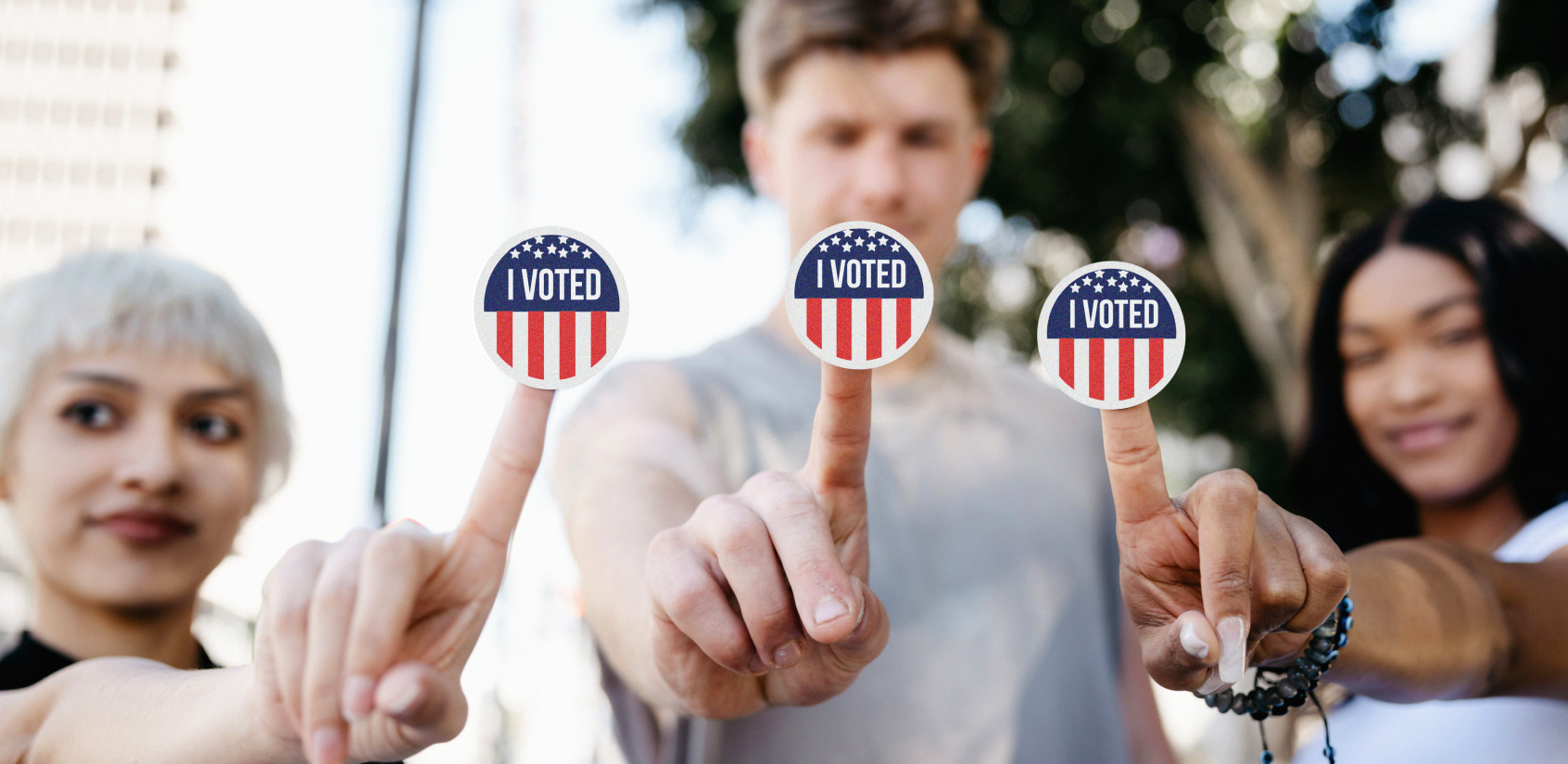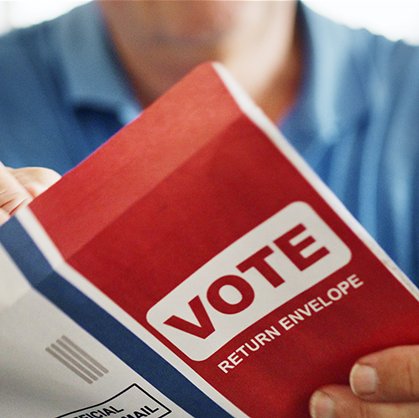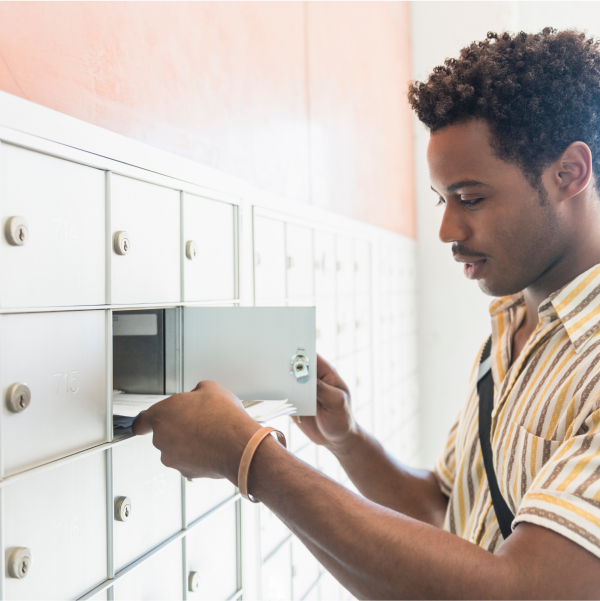July 25, 2025

Mail’s value across the 2024 election cycle: part 2
What do voters really want from direct mail?
2024 post-election research shows that direct mail played a significant role in informing voter decisions.
The facts:
- 52% of voters surveyed agree that political mail tends to be more reliable and less prone to misinformation.1
- 50% agree that they trust the authenticity of images and quotes in mail more than ads online or on TV.1
- Nearly 3 out of 4 voters agreed that political mail is the best channel for learning about a candidate.1
Political consultants also recognize the power of direct mail.
A whopping 92% of surveyed consultants find direct mail an effective channel to connect with voters in today’s elections.2 Many noted its higher engagement rates compared to other channels, attributing this to direct mail’s ability to target specific audiences and deliver tailored messages.
The disconnect.
While both voters and consultants found direct mail to be a highly valued channel, there’s a disconnect around some of the tactics used in the 2024 election.
Campaign tactics vs. voter preferences.
Understanding this disconnect between tactics and preferences is crucial in order to set your future campaigns up for success.
Top 3 tactics campaign managers used on direct mailers to reach voters in 2024:
- Emotional appeal (55%).2
- The use of strong imagery (73%).2
- Reinforcement/repetition of messages (71%).2
What actually resonates with voters who engaged with direct mail?
Here are some voter insights and actionable takeaways that you can leverage to optimize your mail campaigns moving forward:
Insight:
67%
believe that mail was more effective in the previous election cycle when it included messages that were informative and data-driven vs. emotional messages that attacked other opponents.1
Takeaway:
Stick to informative and objective messaging and imagery vs. inflammatory or highly emotional content.
Insight:
Voters stated that they were more likely to throw away mail that feels repetitive. Many complained about getting the same mail piece multiple times with redundant messages and minimal visual distinction.3
Takeaway:
Keep your messaging and visuals fresh to maintain voter interest and engagement. Cover a different issue/subject in each successive mail piece.
Insight:
78%
of surveyed voters say they want political mail to speak to the issues they care about most.1
Takeaway:
Personalize your mail pieces with topics that you know matter to your constituents in order to increase engagement.
Voters also care about the content of political mail.
The 2024 post-election research highlighted specific topics and messaging styles that resonated most with voters.
Insight:
71%
of voters are interested in learning about a candidate’s stance on local issues in their area.1
Takeaway:
Tailor your messages to address specific local issues to connect with voters on matters that directly impact their communities.
Insight:
The economy (65%) and healthcare (54%) are key issues that voters want to see discussed in political mail.1
Takeaway:
Provide clear, data-driven insights and solutions related to these topics to engage voters and address their concerns effectively.
Insight:
71%
of voters want to learn more about the candidate.1
Takeaway:
Providing detailed information about your candidate’s background, experience, etc., helps voters make informed decisions.
The bottom line:
The research shows that direct mail was an influential and impactful channel in the 2024 election, effectively informing voter opinion. But in some areas, campaign tactics did not always align with voter preferences. Now is the time to leverage this valuable research and incorporate the learnings to help empower your 2025/2026 campaigns to deliver the win.

Learn more ways mail made an impact in 2024.
If you missed Part 1 of this article series about how timing and frequency of mail influenced voter decisions in the previous election cycle, you can still access it below:

